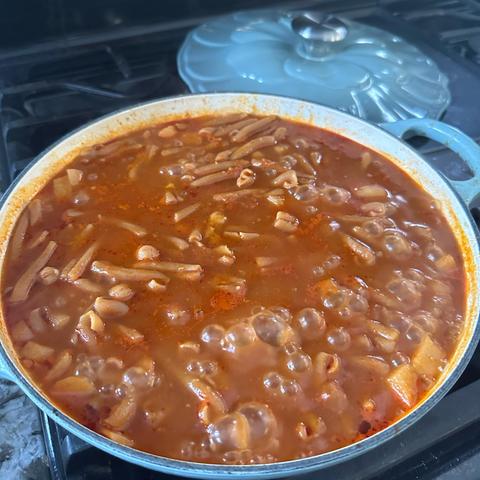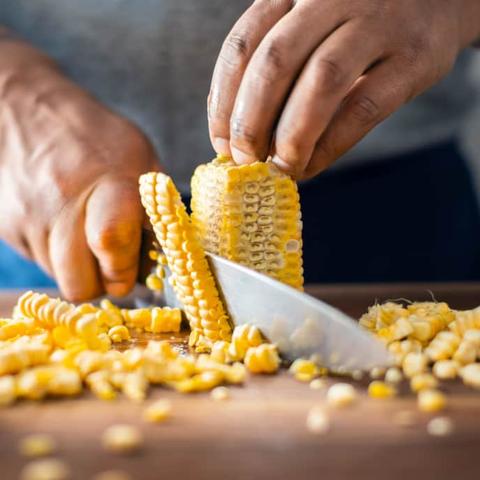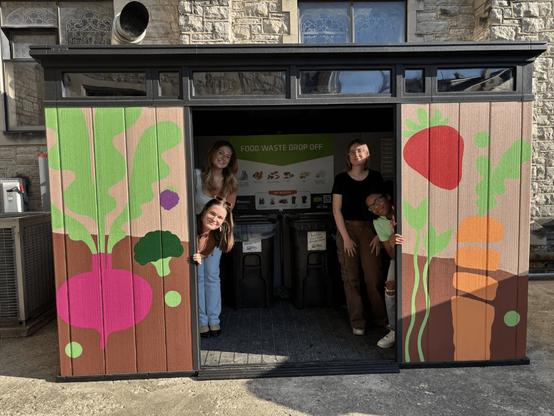What to do with #pineapple rinds?
June 23, 2024 by Rachel Bannarasee
Creative and Environmentally Friendly Ways to Utilize Pineapple Rinds
"Introduction:
Pineapple is an incredibly delicious tropical fruit, cherished for its juicy and refreshing taste. However, after indulging in this tropical delight, have you ever wondered what to do with the pineapple rinds? Instead of discarding them as waste, there are several innovative and sustainable ways to put those pineapple rinds to good use!
**What to do with pineapple rinds?**
1. Make Pineapple Infused Water:
One fantastic way to utilize pineapple rinds is by infusing them in water. Simply place the rinds in a pitcher of water, let it sit for a few hours, and enjoy a subtly sweet and refreshing pineapple-flavored beverage.
2. Create a DIY Pineapple Vinegar:
Transform those pineapple rinds into tangy and aromatic vinegar. By fermenting the rinds with sugar and water, you can make your very own pineapple vinegar, perfect for dressing salads or marinating meat.
3. Prepare a Tasty Pineapple Skin Tea:
Pineapple skin tea is not only delicious but also offers a range of health benefits. Boil the rinds with water and a pinch of cinnamon, allowing the mixture to simmer for about 30 minutes. Strain and enjoy this delightful and flavorful tea.
4. Make Pineapple Skin Smoothies:
Instead of discarding the rinds, why not blend them into your favorite smoothie recipes? Pineapple skins are packed with nutrients, adding an extra health boost to your smoothies.
5. Create Pineapple Skin Jam:
Transform pineapple rinds into a delightful jam enriched with natural sweetness. Cook the rinds with sugar, lemon juice, and a pinch of cinnamon until the mixture thickens to a jam-like consistency. Spread it on toast or use it as a topping for desserts.
6. Add Them to #Compost:
The natural acidity and nutrient content of pineapple rinds make them an excellent addition to your compost bin. Chop the rinds into small pieces and add them to your compost pile to enrich the soil for future use in your garden.
7. Craft Pineapple Skin Potpourri:
Dry pineapple rinds, cut them into smaller pieces, and mix them with your favorite spices and herbs. Place the mixture in a decorative bowl, and you’ll have a delightful potpourri that emits a beautiful tropical fragrance.
8. Feed Them to Chickens or Livestock:
If you have chickens or other livestock, giving them pineapple rinds can be a nutritious treat. Remember to cut the rinds into smaller, manageable pieces to ensure safe consumption.
9. Use Pineapple Rinds as Natural Cleaner:
Pineapple skins have natural enzymes that can act as powerful cleaning agents. Use the rinds to remove stains, freshen up cutting boards, or even shine copper utensils.
10. Create a Pineapple Skin Face Mask:
The enzymes in pineapple rinds can also be beneficial for the skin, helping to exfoliate and improve its texture. Blend the rinds to a pulp, mix them with a little honey or yogurt, and apply the mixture to your face for a refreshing and natural DIY face mask.
11. Make Fruit Extract:
Pineapple rinds are an excellent ingredient for creating fruit extracts, which can be used to enhance the flavor of various dishes and beverages. Boil the rinds with water, strain the liquid, and store it in airtight containers for future use.
12. Infuse Pineapple Rinds into Vinegars or Oils:
To add a unique twist to your homemade vinegars or oils, simply place pineapple rinds into the containers and let them infuse for a few weeks. The resulting products will carry a delightful hint of pineapple flavor.
In conclusion, pineapple rinds offer a plethora of exciting possibilities beyond being mere waste. From refreshing beverages and tasty treats to natural cleaners and skincare products, these rinds can be repurposed in various creative and environmentally friendly ways. So, the next time you enjoy a pineapple, remember to harness the potential of its rinds and embark on a sustainable journey of experimentation and enjoyment."
Source: www.chefsresource.com/faq/what-to-do-with-pineapple-rinds/
#SolarPunkSunday #PineappleRinds #FoodWaste #ZeroWaste



